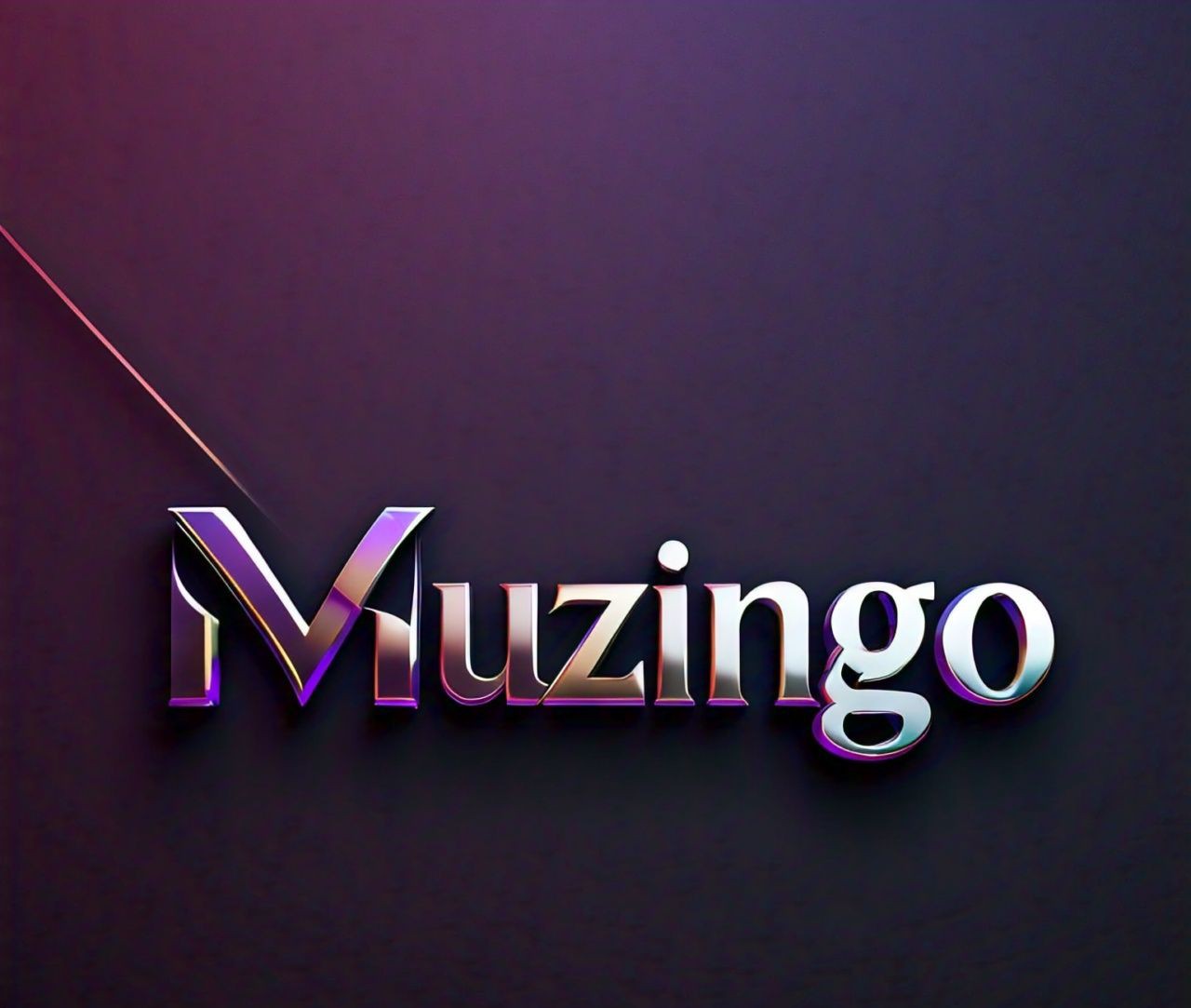From the dictionary, music is defined as an art of sound in time that expresses ideas and emotions in significant forms through the elements of rhythm, melody, harmony, and color.
Also, it is the tones or sounds employed, occurring in single line (melody) or multiple lines (harmony), and sounded or to be sounded by one or more voices or instruments, or both.
In one sentence, music is the art of organizing sounds over time to convey ideas and emotions through rhythm, melody, harmony, and color.
The following are what constitutes as music:
- Sounds: Music involves the production of auditory stimuli.
- Rhythm: The organization of sounds in time, creating patterns and pulses.
- Melody: A sequence of musical notes perceived as a single entity, often the most recognizable part of a piece.
- Harmony: The combination of simultaneously sounded musical tones to produce chords and chord progressions.
- Instruments: Devices or tools used to create music, including both acoustic and electronic instruments.
- Voices: The human voice, used as a musical instrument to produce melodies, harmonies, and lyrics.
- Composition: The creation and arrangement of musical elements to form a coherent piece.
- Performance: The act of presenting music through live or recorded means, involving interpretation and expression.
Now, the question that begets us is; how is music produced?
Music Production 101
For composition or songs, the basic constituents are the instruments and the vocals. The music production process is simply how you get the sounds together for each track, arrange them, mix them together and make them sound professional.

The software that makes all these possible is the sequencer also called the ‘Digital Audio Workstation’ (DAW). This software enables the recording, mixing and mastering of music tracks.
Sounds
To get your sound, you can do two things:
- You can record external sound into your sequencer using an ‘audio interface’. This interface is a key part of music technology.
- You can also use internal sounds, sounds generated within your DAW. Most sequencers have what are called ‘virtual instruments’ that recreate, for example, drum kits, keyboards or guitars for you to play or strum with your mouse or a connected keyboard.
The best part of internal sound or what is called virtual instrument technology is that even if you can’t play a note on a ‘proper’ instrument, virtual instruments allow you to strum, pick, hit, tap and play, all within the safety of your virtual studio.
Arranging and Mixing
After getting your sounds together, the next thing to do is arranging and mixing them. Arranging is simply the process of how your song develops over time, usually with an intro followed by verses and choruses.
To make a good song mix:
- Balance the sound from left to right and from low to high frequencies.
- Use panning and EQ to arrange tracks by frequency and stereo position. Bass and vocals are central, other instruments can overlap if they don’t clash. Experiment and trust your ears.
If you feel you can’t go through all the stress mentioned above, it is worthy of note to state that most sequencers come packed with stacks of virtual effects, many of which you can use in the mixing process.
Mastering
Once the mixing process ends, mastering begins. It takes into account technical issues like fades, track lengths and codes, and noise reduction. It is a process that uses EQ, compression and stereo spreading to make your mix sound more commercial and professional.
Know Your Music Production Games
Music production games help one to learn and practice music production skills. Below are five music production games that you might enjoy:
1. Grove Groove: This is a plant-based loop machine where you can create and mix your own beats using different plants and instruments.
2. Percussive VR: This is a virtual reality game that lets you play real instruments, such as drums, xylophones, and marimbas, in a realistic environment.
3. Beats and Boops: This is a game that teaches you how to rap by making you rhyme words and match rhythms with a robot.
4. Hey DJ: This is a game that allows you to mix songs the way you want them to be mixed, using a free music loop player.
5. LACURA: This is a game that simulates the life of a music producer, where you have to manage your time, money and creativity.
And that’s a wrap on music production made easy. To enjoy more music games, Muzingo is here to improve your musical skills, creativity, social interaction, and fun. Hop on Muzingo today.



